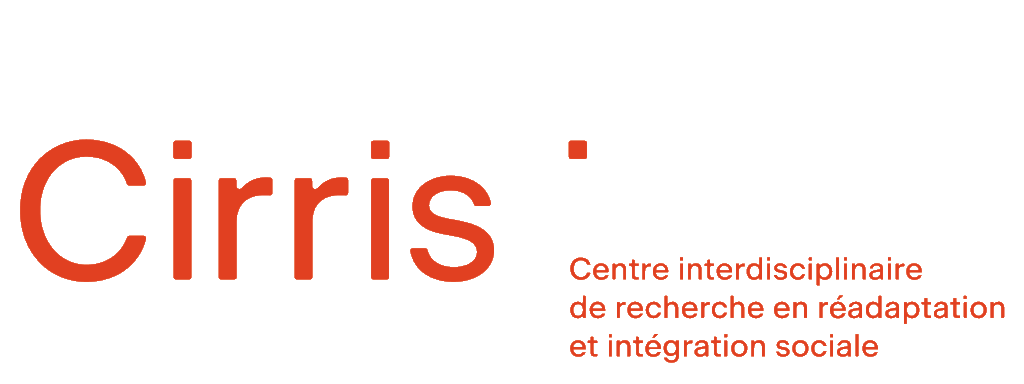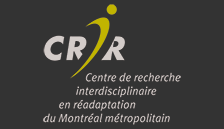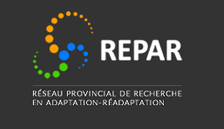How can we ensure that knowledge translation is completed successfully ?
Rebecca Ataman, PhD candidate, McGill university
This vidéo outlines the elements of a successful transfer of knowledge. Monitoring process and evaluating results are the main elements presented here.
Subtitles available
LSQ Version - Quebec sign language
Share





